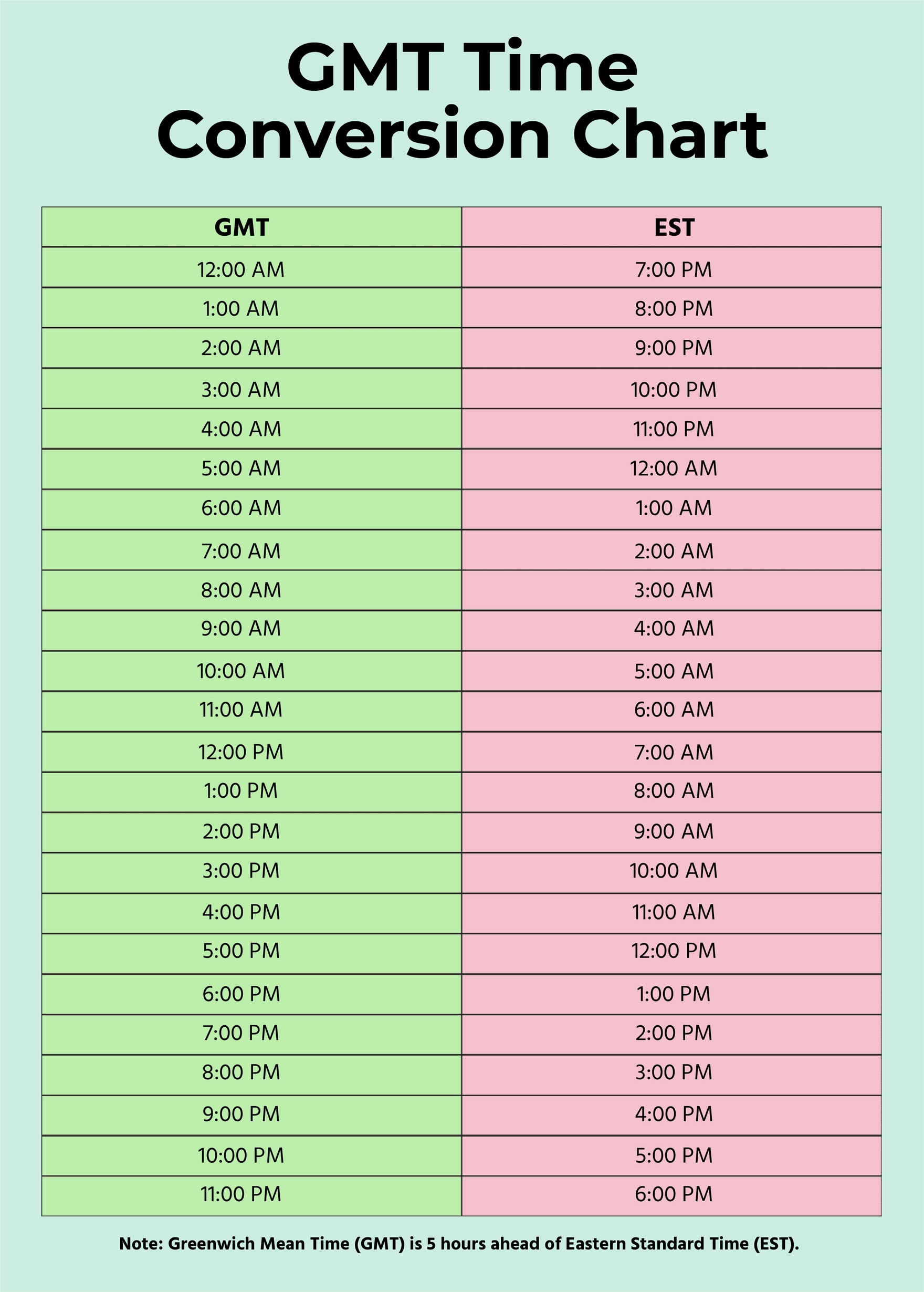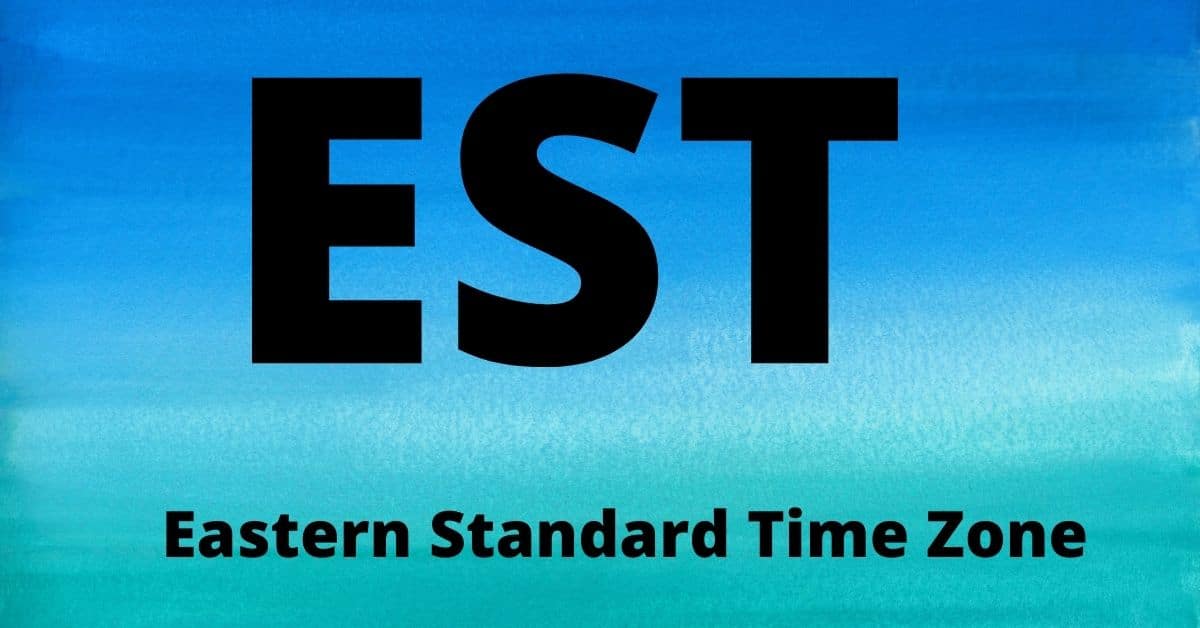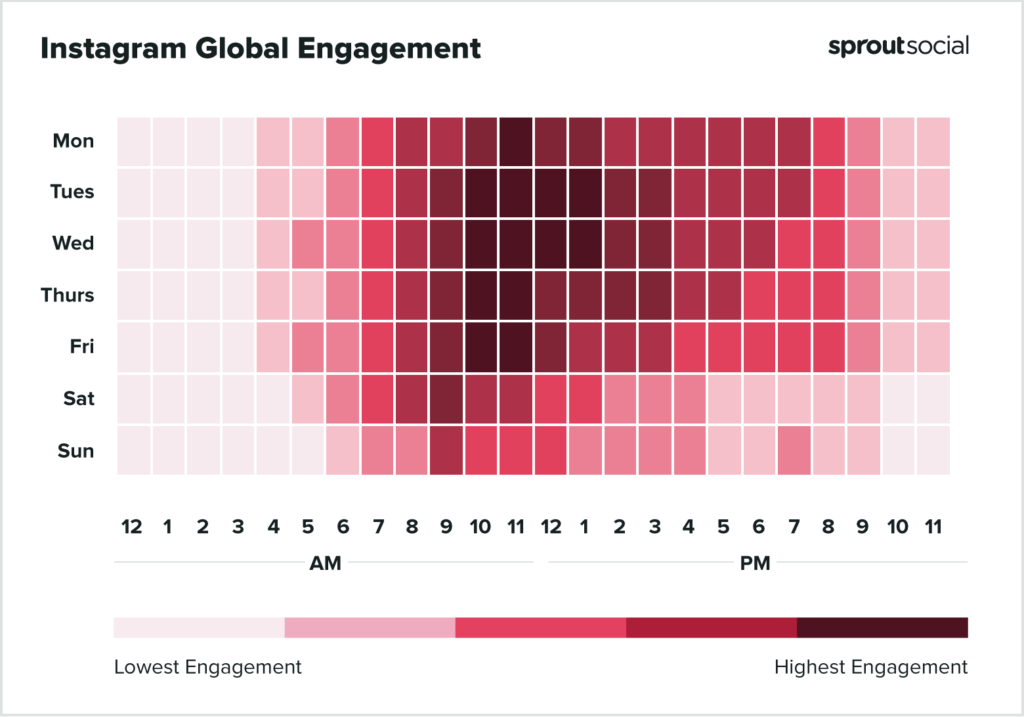10 pm PST: EST Time Transition Explained

Understanding time zones is crucial, especially when coordinating events or communicating with people across different regions. The Eastern Standard Time (EST) and Pacific Standard Time (PST) are two commonly used time zones in North America, and knowing the relationship between them is essential for accurate time management.
This article aims to provide a comprehensive guide to the time transition from 10 pm PST to EST, covering the scientific basis, practical implications, and tips for managing time effectively across these zones. By the end of this article, you'll have a clear understanding of how to navigate this time transition and make the most of your day, regardless of your location.
The Science Behind Time Zones: A Brief Overview

To grasp the concept of time zones and their transitions, it's important to understand the basic principles behind them. Time zones are a human invention, designed to simplify timekeeping across the globe. They are based on the Earth's rotation and the resulting variation in daylight hours at different latitudes.
The world is divided into 24 time zones, each representing one hour of difference. These time zones are centered on the Prime Meridian, an imaginary line that runs through the Royal Observatory in Greenwich, London. The time at the Prime Meridian is known as Greenwich Mean Time (GMT) or Universal Time Coordinated (UTC).
As you move eastward or westward from the Prime Meridian, each time zone is an hour ahead or behind GMT/UTC. This system ensures that the local time in each zone corresponds roughly to the cycle of daylight and darkness, providing a consistent and practical way to organize daily life.
Pacific Standard Time (PST): A Western Perspective

PST is the time zone observed in the western regions of North America, including parts of the United States and Canada. It covers states like California, Washington, Oregon, and Nevada, as well as the provinces of British Columbia and parts of Alberta in Canada.
PST is three hours behind GMT/UTC, meaning that when it's noon in Greenwich, it's 6 am in PST. This time zone is particularly relevant for those living in the western coastal areas, as it aligns with the natural daylight cycle in this region.
During the summer months, PST transitions to Pacific Daylight Time (PDT), when daylight saving time is observed. This means that clocks are moved forward by one hour, resulting in a two-hour difference from GMT/UTC. This transition aims to make better use of daylight hours, particularly in regions with long summer days.
Eastern Standard Time (EST): An Eastern Perspective
EST, on the other hand, is the time zone observed in the eastern regions of North America. It includes states like New York, Pennsylvania, Ohio, and Michigan, as well as provinces like Ontario and Quebec in Canada.
EST is five hours behind GMT/UTC, meaning that when it's noon in Greenwich, it's 7 am in EST. This time zone is crucial for those living in the eastern parts of North America, as it aligns with the local daylight cycle and daily routines.
Like PST, EST also observes daylight saving time, transitioning to Eastern Daylight Time (EDT) during the summer months. Clocks are moved forward by one hour, resulting in a four-hour difference from GMT/UTC. This transition allows for longer evenings and better utilization of daylight hours in the eastern regions.
The 10 pm PST to EST Transition: A Practical Guide
Now, let's delve into the specifics of the time transition from 10 pm PST to EST. This transition is particularly relevant for individuals or businesses operating across these time zones, as it can impact scheduling, communication, and daily routines.
Understanding the Time Difference
When it's 10 pm PST, it's 1 am EST. This means that the two time zones are three hours apart. If you're located in the PST zone and need to communicate or coordinate with someone in the EST zone, you'll need to keep this time difference in mind.
For example, if you have a conference call scheduled for 10 pm PST, it will be 1 am EST. This could be inconvenient for those in the EST zone, as it falls in the middle of the night. Therefore, it's important to consider the time difference and choose a suitable time that works for both parties.
Practical Tips for Managing the Time Transition
Here are some practical tips to help you manage the time transition effectively:
- Use Time Zone Converters: There are numerous online tools and apps that can help you convert time from one zone to another. These converters provide an easy and accurate way to determine the corresponding time in different zones. Simply input the time in your zone, and the converter will display the equivalent time in the desired zone.
- Communicate Clearly: When scheduling events or meetings across different time zones, ensure that you communicate the time clearly. Specify the time in both zones to avoid confusion. For example, you can say, "The meeting is scheduled for 10 pm PST/1 am EST." This way, everyone involved will be aware of the time difference and can plan accordingly.
- Consider Asynchronous Communication: If the time difference is significant, as in the case of 10 pm PST to EST, consider using asynchronous communication methods. This means that you can send messages, emails, or share documents at a convenient time for you, and the recipient can respond or engage with the content at their own pace. Tools like email, instant messaging platforms, or collaboration software with commenting features can facilitate this type of communication.
- Plan Ahead: If you know you'll be regularly communicating or coordinating with individuals in a different time zone, plan ahead. Consider their working hours and try to schedule important events or meetings during their daytime hours. This ensures that you can connect and collaborate effectively without disrupting their sleep schedule.
- Use Time Blocking: Time blocking is a technique where you allocate specific time slots for different tasks or activities. By blocking out dedicated time for tasks related to different time zones, you can ensure that you're available when needed and make the most of your time. For instance, you can block out an hour in the morning to respond to emails or messages from individuals in the EST zone, and another hour in the evening to focus on tasks related to the PST zone.
Daylight Saving Time: An Additional Consideration
It's important to note that the time difference between PST and EST can change during daylight saving time. When daylight saving time is in effect, PST becomes PDT, and EST becomes EDT.
During this period, the time difference between PDT and EDT is four hours. Therefore, when it's 10 pm PDT, it's 2 am EDT. This means that the time difference increases by one hour during daylight saving time, which can further impact scheduling and coordination.
Managing Daylight Saving Time Transitions
Here are some tips to help you manage the transitions between standard time and daylight saving time:
- Stay Informed: Keep yourself updated on the dates when daylight saving time begins and ends in both time zones. This information is readily available online and can help you plan your schedule accordingly.
- Adjust Your Devices: Ensure that your devices, such as smartphones, computers, and smart home devices, are set to automatically update the time when daylight saving time starts or ends. This way, you won't need to manually adjust the time, reducing the risk of confusion or errors.
- Communicate the Transition: If you regularly communicate or collaborate with individuals in a different time zone, inform them about the upcoming daylight saving time transition. This will help them understand any potential time differences and plan their schedules accordingly.
- Avoid Time-Sensitive Tasks: If possible, avoid scheduling time-sensitive tasks or events during the daylight saving time transition period. This is because the time change can lead to confusion and potential delays. Instead, opt for a more flexible schedule during this time.
The Impact of Time Zones on Daily Life and Business

Time zones play a significant role in our daily lives and have a profound impact on various aspects of society and business.
Daily Life and Routine
Time zones influence our daily routines, including when we wake up, eat meals, and go to bed. They shape our work schedules, school timings, and social activities. For example, in the EST zone, people generally start their workday earlier compared to those in the PST zone. This difference in daily schedules can impact our sleep patterns, social interactions, and overall well-being.
Business and Communication
In the business world, time zones can pose challenges and opportunities. For businesses operating across multiple time zones, effective time management and communication are crucial. Companies may need to adapt their operating hours, schedule meetings at convenient times for all parties, and ensure efficient collaboration tools are in place.
Time zones can also impact supply chains and logistics. For instance, a product manufactured in the EST zone may need to be transported across multiple time zones before reaching its final destination. Understanding and managing time zones is essential for ensuring timely deliveries and meeting customer expectations.
Travel and Leisure
Time zones also affect travel and leisure activities. When planning a trip across different time zones, it's important to consider the impact on your body clock and adjust your schedule accordingly. Jet lag, caused by rapid time zone transitions, can be mitigated by gradually adjusting your sleep and wake times before and after your trip.
Future Implications and Innovations
As technology advances and global connectivity becomes more prevalent, the management of time zones may evolve. Here are some potential future implications and innovations in the field of timekeeping:
- Universal Time: Some experts propose the idea of a universal time system, where the entire world operates on a single time zone. This concept, while ambitious, aims to simplify timekeeping and eliminate the complexities of time zone transitions. However, implementing such a system would require significant global coordination and may face practical challenges.
- Dynamic Time Zones: Another potential innovation is the development of dynamic time zones, where the boundaries of time zones can be adjusted based on factors like population distribution, economic activity, and daylight patterns. This approach could provide more flexibility and better align time zones with the needs of local communities.
- Improved Time Zone Awareness: With the increasing use of technology and global communication, there is a growing need for improved time zone awareness. Educational initiatives and technological advancements can help individuals and businesses better understand and manage time zones, reducing confusion and improving efficiency.
- Time Zone Databases: The development of comprehensive and up-to-date time zone databases can assist in accurate timekeeping and synchronization. These databases can provide real-time information on time zone transitions, daylight saving time changes, and other relevant data, ensuring that time-sensitive operations are conducted accurately.
Conclusion
Understanding and managing time zones is an essential skill in today's interconnected world. The time transition from 10 pm PST to EST is a practical example of how time zones can impact our daily lives, business operations, and communication. By grasping the concepts of time zones, their scientific basis, and practical implications, we can navigate these transitions effectively and make the most of our time, regardless of our location.
As technology and global connectivity continue to evolve, so too will our understanding and management of time zones. Embracing innovations and staying informed about time zone-related developments will enable us to adapt and thrive in an increasingly interconnected world.
FAQs
What is the time difference between PST and EST during daylight saving time?
+
During daylight saving time, the time difference between PST (or PDT) and EST (or EDT) is four hours. When it’s 10 pm PDT, it’s 2 am EDT.
How can I manage time zone transitions when traveling across different regions?
+
When traveling across different time zones, it’s important to gradually adjust your sleep and wake times to align with your destination’s time zone. Start adjusting your schedule a few days before your trip and continue to adapt once you arrive. This will help minimize jet lag and allow your body to adjust more comfortably.
Are there any apps or tools that can help me manage time zones effectively?
+
Yes, there are several apps and online tools available that can assist with time zone management. These tools allow you to convert time across different zones, provide visual representations of time zone boundaries, and offer scheduling features that take time zones into account. Some popular options include World Time Buddy, Time Zone Converter, and Google Calendar with time zone settings.



